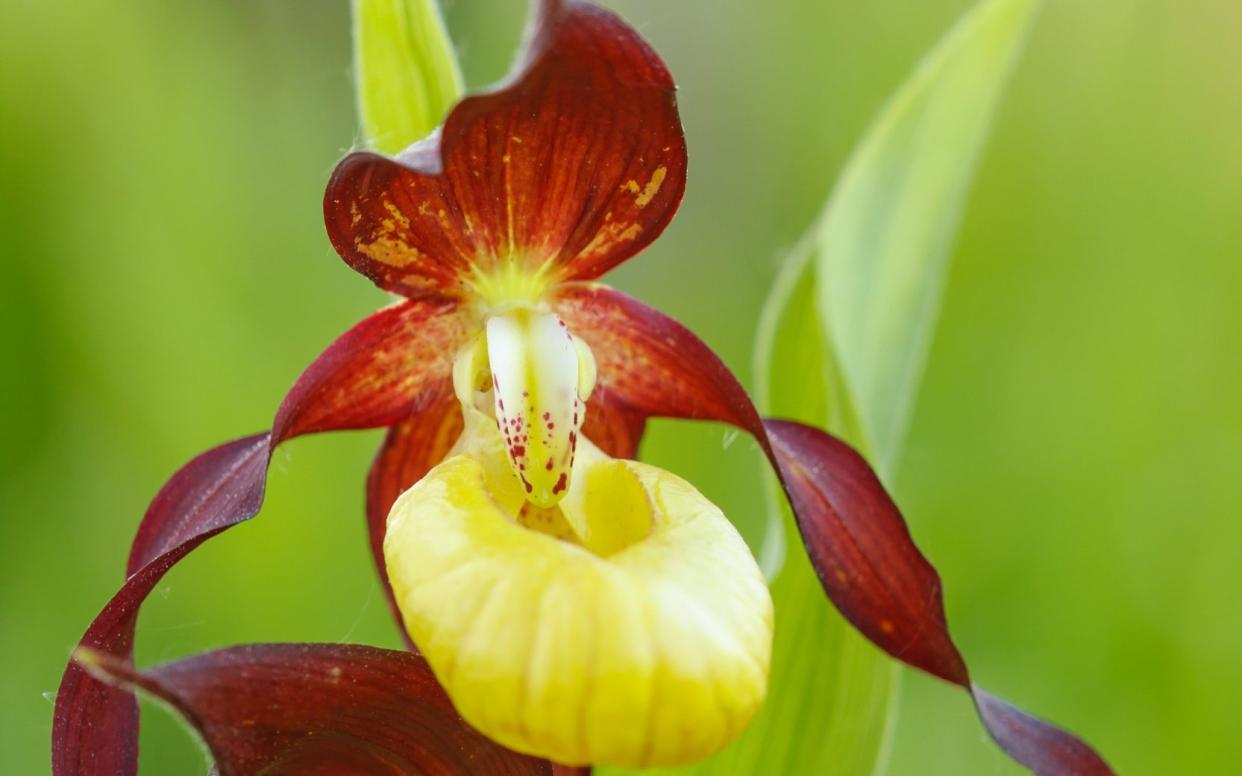Common British flowers can stay dormant underground for 20 years

Gardeners puzzled by the sudden emergence of an unusual orchid or despairing that their annuals have vanished should take heart.
Scientist have discovered that some British flowers can lie dormant under the ground for up to 20 years, emerging into bloom only when the conditions are just right.
Native flowers which have the capability of sheltering underground include the lady’s slipper orchid, the dark-red helleborine, spring vetch, autumn’s lady’s tresses, the broad bucker fern and the bee orchid.
Researchers at the University of Sussex found at least 114 plant species are capable of living dormant under the soil for up to two decades, enabling them to survive through difficult times.
Orchids and ferns seem particularly adept at slumbering for years at a time, the authors discovered.
Prof Michael Hutchings, Emeritus Professor in Ecology at the University of Sussex, said: “It would seem to be paradoxical that plants would evolve this behaviour because being underground means they cannot photosynthesise, flower or reproduce.
“And yet this study has shown that many plants in a large number of species frequently exhibit prolonged dormancy. Many of these species have found ways to overcome the loss of opportunities to photosynthesise during dormancy, especially by evolving mechanisms enabling them to obtain carbohydrates and nutrients from soil-based fungal associates.
“This allows them to survive and even thrive during dormant periods.”
The research found that dormancy is triggered when the weather is poor, or there is a new threat from herbivores or competing plants. Sometimes winters are so mild that the plant does not realise that spring has begun.
Dormancy in seeds has been widely known about and studied for decades but the phenomenon of dormancy within plants that have left the seed stage behind and embarked upon adult life is far less well-known and understood.
The study, led by University of Tokyo associate professor Richard Shefferson, is the first detailed analysis of the causes.
Dormancy appeared to be more common near the equator, where threats from factors such as disease, competition, herbivores and fire are more severe.
Co-author Dr Eric Menges of Archbold Biological Station in Florida, USA, said: “In fire-prone areas, there appears to be an advantage to plants remaining dormant and then sprouting after fire when favourable conditions exist for growth and flowering”.
Prof Hutchings added: “Dormancy has evolved and persisted numerous times throughout the evolutionary history of the land plants.
“This suggests not only that it has proved beneficial under many different ecological circumstances, but also that its evolution may be achievable through the occurrence of a small number of mutations at only a few genetic loci.”
The research was published in the journal Biology Letters.

 Yahoo News
Yahoo News 
